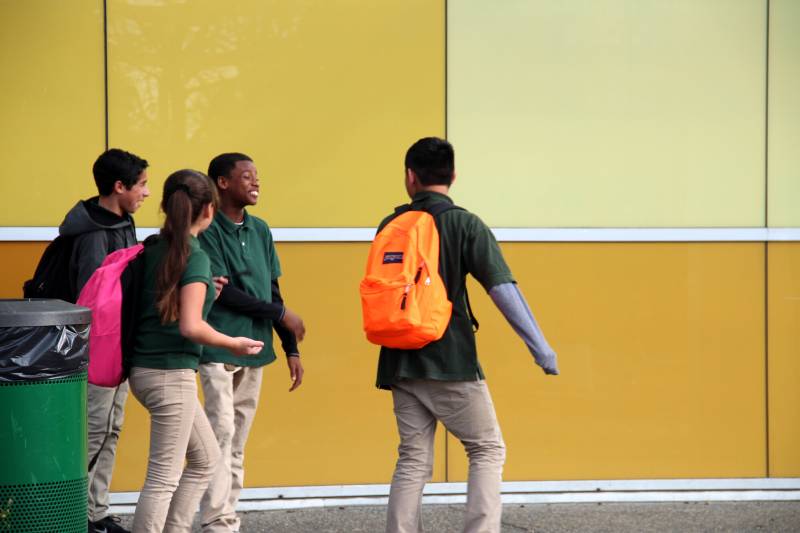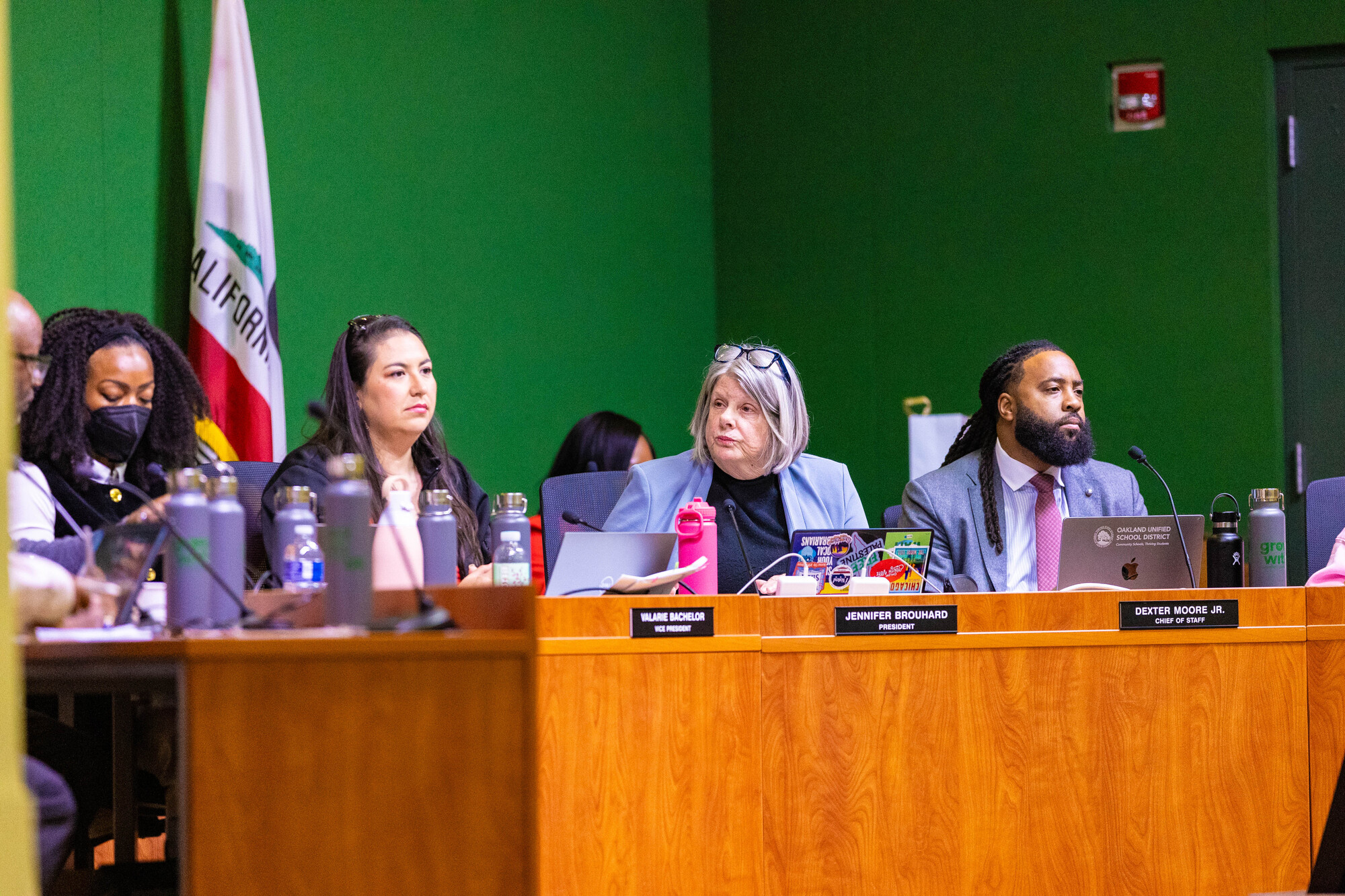In a statement, Brouhard said that she stands by the spirit of the proposal, which aimed to “reduce consultant and contract spending and ensure every dollar directly supports students.”
She blamed the district’s staff for the way it interpreted the resolution.
“I was angry to see after-school programs and field trips cut — programs essential to student learning, safety and well-being,” she said. “These cuts deeply harmed students. This was never our intent, and district leadership knew that.”
However, chief business officer Lisa Grant-Dawson said in an email to Brouhard that she was told prior to voting on the resolution, and again in April, about the “massive changes” it would mean, including to after-school program funding.
The cuts were intended to reallocate some funding back to campuses that were facing budget cuts, Brouhard said at the time. But the district’s plan to slash after-school spending won’t free up any money that’s usable elsewhere, according to the nonprofits.
“All OUSD funding for after-school comes from the state and federal government and can only be used during out-of-school hours,” the nonprofits’ letter to the board said. “The funding reductions will result in OUSD returning funds it otherwise could have spent on students and staff, and it will lose tens of millions of dollars now and into the future.”
Lukas Brekke-Miesner, the executive director of Oakland Kids First, which runs Castlemont High School’s after-school enrichment, said these programs are a lifeline for families.
“I work full time, my partner works full time, and my kids have a safe place to be and someone who they really love looking after them,” he said. “A lot of families — working class, low income, et cetera — just don’t have the necessary support systems to function any other way.”
He said these programs often provide food, homework help and, for younger kids, fun activities like crafts or arts performances.
At the high school level, Oakland Kids First has “leadership development and enrichment programs, we have on-campus and off-campus internships, we run a one-acre farm on campus that young folks also work on” at Castlemont, Brekke-Miesner said.
These programs keep them safe and engaged in their communities — a tall order for many teenagers.




